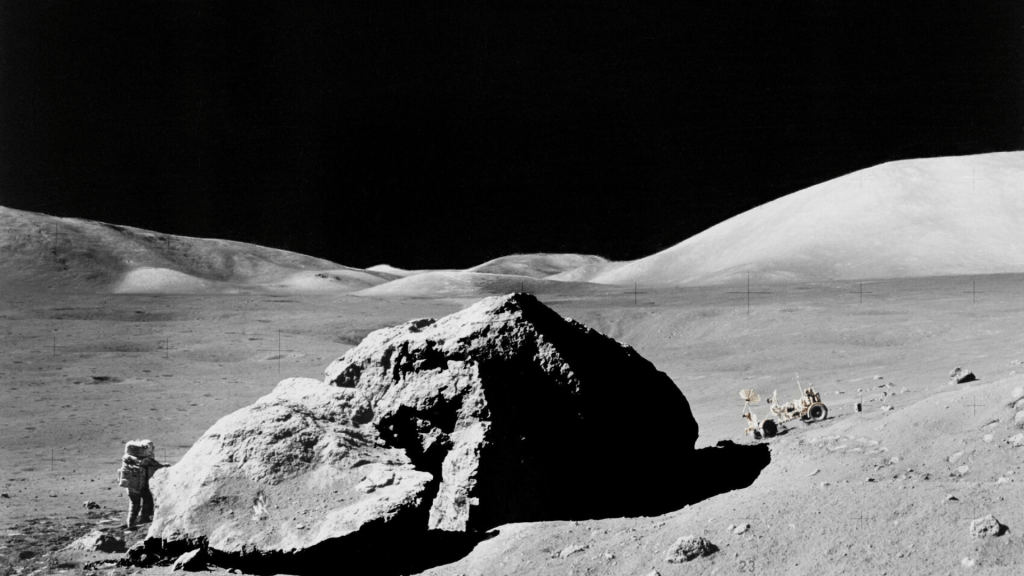
Chinese scientists discovered that the moon’s magnetic field lasted much longer than expected, persisting into its midlife.
By studying tiny rocks brought back by the Chang’e-5 mission, they found the moon’s magnetic field measured two to four microteslas about two billion years ago, less than 10% of Earth’s current surface field, findings published in Science Advances showed.
Magnetic field likely driven by core and mantle interactions
Ross Mitchell from the Institute of Geology and Geophysics in Beijing explained that the moon’s magnetic field persisted much longer than previously believed. The study suggests the weak but enduring magnetic field was likely driven by internal processes such as the crystallization of the moon’s core or core-mantle interactions, according to planetary scientist Benjamin Weiss from MIT, who was not part of the research.
Advertisement
Advertisement
These processes likely sustained the moon’s magnetic engine, known as the lunar dynamo, for billions of years. Weiss noted that the findings align with the Chang’e missions’ symbolic connection to the moon goddess, who is associated with immortality in Chinese mythology, the South China Morning Post reported.
Now, the findings suggest that the moon’s persistent magnetic field could have shielded its surface from solar radiation and helped retain volatile compounds like water. This deeper understanding of the moon’s magnetic history provides crucial insights into planetary habitability and evolution.
Although the moon no longer generates a magnetic field, evidence suggests it once did. Samples from NASA’s Apollo missions indicated that over three billion years ago, the moon’s magnetic field was as strong as Earth’s current field, which ranges from 25 to 65 microteslas.
Chang’e-6 rocks reveal moon’s magnetic field 2.8 billion years ago
Chinese researchers studying rocks from the moon’s far side, collected during the Chang’e-6 mission, reported that about 2.8 billion years ago, the moon’s magnetic field measured between five and 21 microteslas. However, the duration of the lunar dynamo remains uncertain.
Advertisement
Advertisement
Studying Apollo samples to answer this question has been difficult due to their older age, large iron grains that poorly preserve magnetic signals, and other challenges, according to Weiss. In contrast, the 1.73kg (3.8lbs) of rocks collected by China’s Chang’e-5 mission in 2020 are precisely two billion years old, making them much younger than the samples from Apollo or the Soviet Luna missions of 50 years ago.
The researchers selected nine small basalt fragments, each 3-8mm (0.1-0.3 inch) in size and weighing less than 0.3 grams (0.01 ounce), for this study. These fragments acted as magnetic recorders, preserving the magnetic field from when they formed billions of years ago. The team then used sensitive lab techniques to extract the ancient magnetic signals.
Lead author Cai Shuhui, a colleague of Mitchell’s at the Institute of Geology and Geophysics, explained that small sample sizes result in weak magnetic signals, requiring difficult and meticulous lab work. Fortunately, the Chang’e-5 samples were of sufficient quality for the study, the researcher added.
EMEA Tribune is not involved in this news article, it is taken from our partners and or from the News Agencies. Copyright and Credit go to the News Agencies, email news@emeatribune.com Follow our WhatsApp verified Channel



